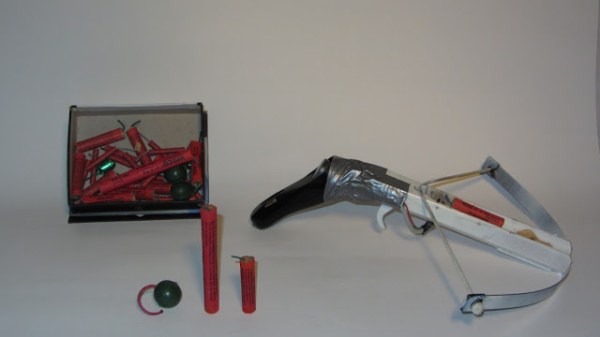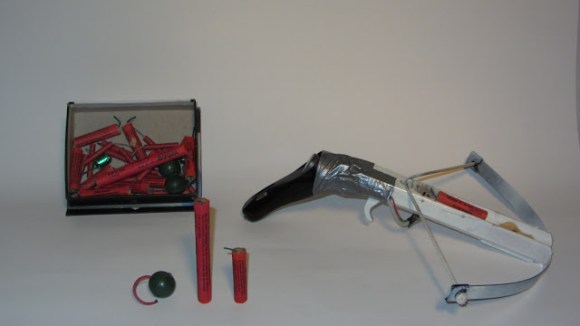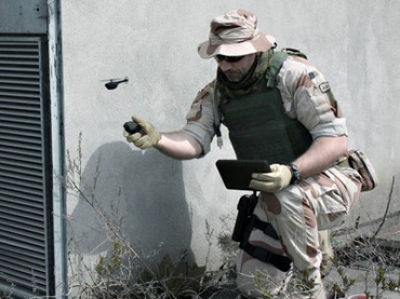If there are two things that we love at [HAD], giant German firecrackers, and medieval weapons would have to be close to the top of this list. This clever hack gives us both, with a toy crossbow capable of both lighting and launching firecrackers to a safe distance. We didn’t see a blooper reel, but being ready to run in case of a malfunction is probably a good idea as well.
The post has some pictures of the mechanism, but at its heart, this hack consists of ripping up a grill igniter, and placing the contacts into a shortened-stock toy crossbow. Safety is of course encouraged, as much as it can be with this type of device. It’s especially important here as apparently “firecracker” roughly translates in German to “small sticks of high-explosive,” or possibly “road flare.”
Be sure to check out this modded crossbow in action in the video after the break!


















